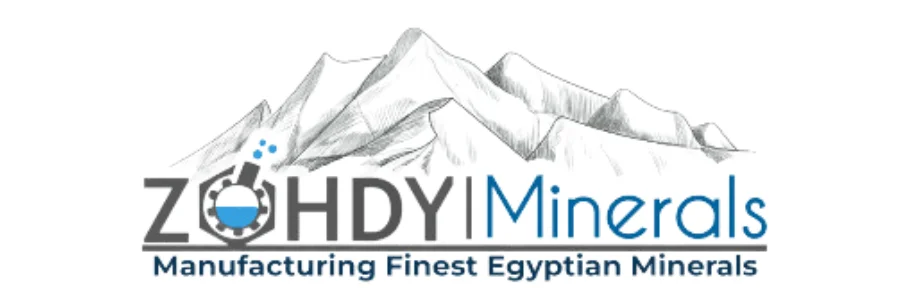Recycling glass is a key component of sustainable waste management practices. By transforming discarded glass into new products, recycling helps conserve resources, reduce energy consumption, and minimize environmental impact. Here are the key steps involved in the process of recycling glass:
Table of Contents

Process Of Recycling Glass
1. Collection Glass :
Glass recycling begins with the collection of used glass containers, such as bottles and jars. This can be done through curbside recycling programs, drop-off centers, or specialized glass collection bins.
2. Sorting:
Once collected, the glass is transported to a recycling facility where it undergoes sorting. The glass is separated based on color (clear, green, brown) since different colors have distinct chemical compositions. Automated optical sorting systems or manual sorting methods are employed to ensure accurate separation.
3. Cleaning:
After sorting, the glass is thoroughly cleaned to remove any contaminants such as labels, caps, and residual liquids. Cleaning typically involves rinsing the glass containers with water and using specialized equipment to scrub off any remaining debris.
4. Crushing and Grinding:
The cleaned glass is then crushed and ground into small fragments called cullet. The cullet is typically sized into different grades based on its intended use. Crushing and grinding the glass not only facilitate recycling but also reduce its volume, making transportation and storage more efficient.
5. Melting:
The cullet is transported to a glass manufacturing facility where it undergoes the melting process. In a furnace, the cullet is heated to high temperatures, typically around 1,500 degrees Celsius (2,732 degrees Fahrenheit). As the cullet melts, it fuses together and forms molten glass.
6. Refining:
During the melting process, any impurities or bubbles in the molten glass are carefully removed through refining techniques. This ensures that the recycled glass meets the desired quality and specifications for its intended application.
7. Manufacturing:
Once the molten glass is refined, it can be shaped and molded into new glass products. The molten glass is either blown or pressed into molds to create bottles, jars, glassware, or other glass items. The manufacturing process may involve additional steps like annealing (cooling the glass slowly to relieve internal stresses) and surface treatment.
8. Distribution and Use:
The newly manufactured glass products are packaged and distributed for use in various industries and consumer applications. Recycled glass can be used to make new bottles and jars, fiberglass insulation, construction materials, glass countertops, and even decorative glass items.
9. Continuous Recycling
Glass is infinitely recyclable, meaning it can be recycled over and over without losing its quality or properties. Recycled glass can be collected, sorted, cleaned, crushed, melted, and manufactured into new products in a continuous recycling loop, contributing to a circular economy.
By following these steps, the process of recycling glass not only diverts waste from landfills but also conserves energy, reduces greenhouse gas emissions, and minimizes the need for raw materials. Recycling glass is a sustainable solution that contributes to a cleaner environment and a more resource-efficient future.
To order send us
Read More






